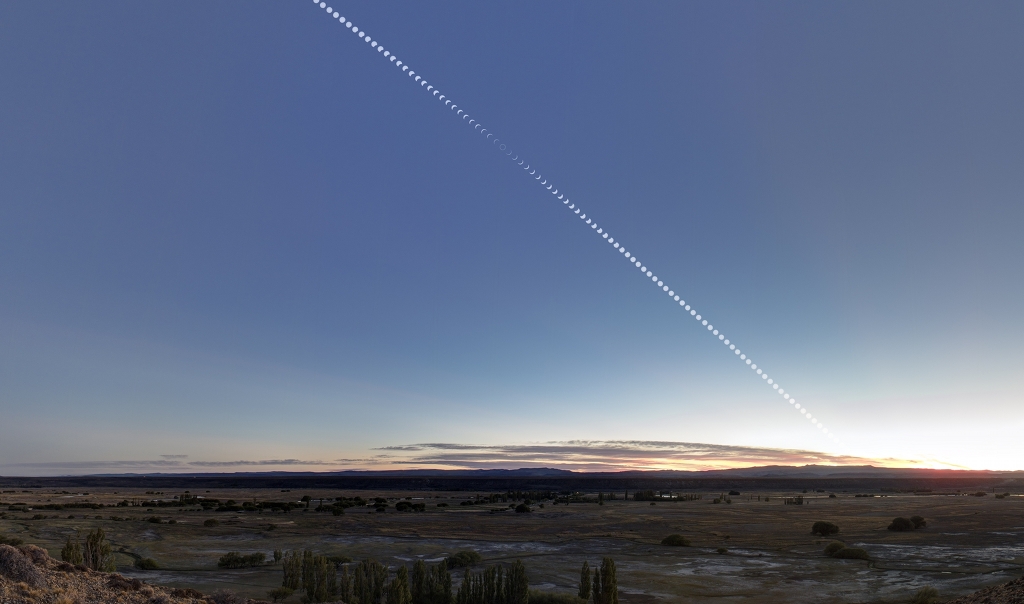Three decades ago, a massive stellar explosion sent shockwaves not only through space but also through the astronomical community. SN 1987A was the closest observed supernova to Earth since the invention of the telescope and has become by far the best studied of all time, revolutionizing our understanding of the explosive death of massive stars.
via Science Daily
Zazzle Space Exploration market place
